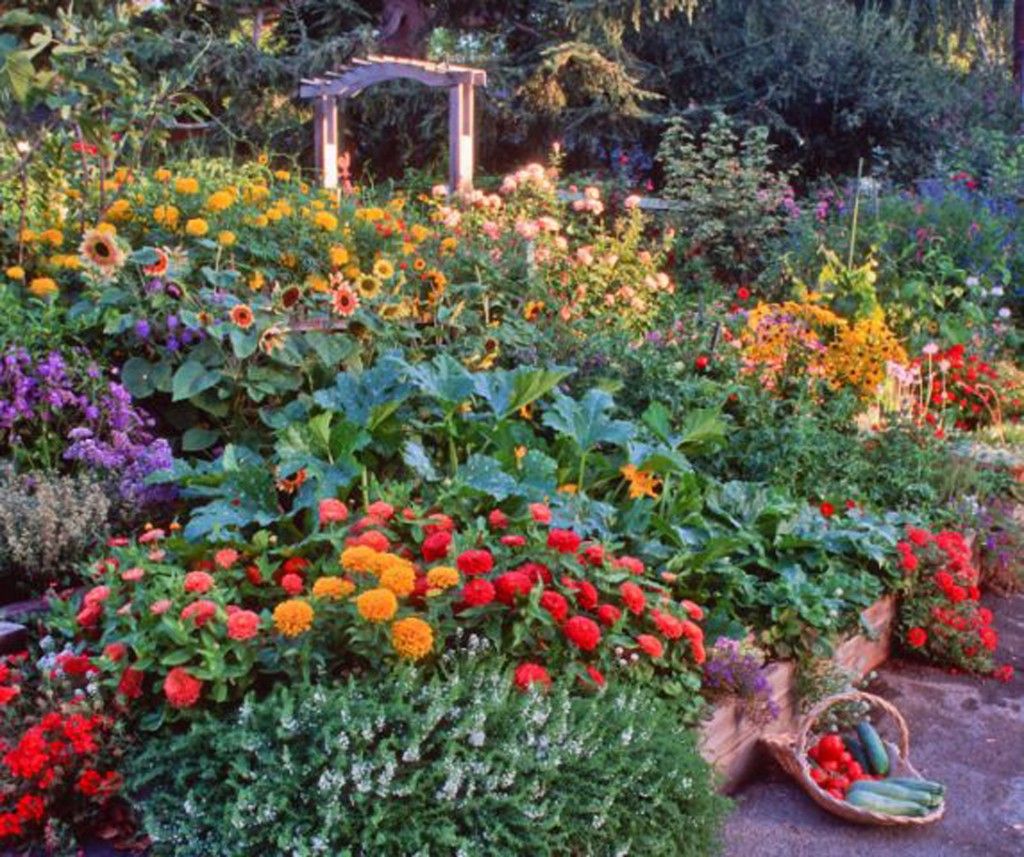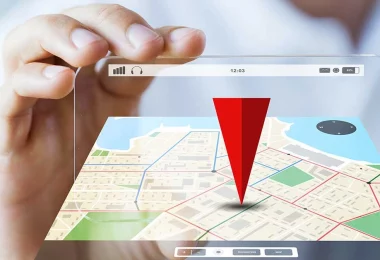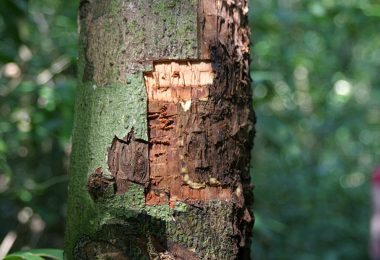
When you think about landscaping, your first thoughts are probably trees, flowers, and shrubs. But how about a squash patch in the front yard, herbs for ground cover, or raspberries growing along a fence? With edible landscaping, you can have your landscape and eat it too!
Advantages of Edible Landscaping
Some of the advantages of using edible landscape plants include:
- Spend less money and effort on a lawn. Lawns require a lot of upkeep and use a lot of resources. You can reduce lawn size by adding more edible plants to your landscape.
- Get exercise and fresh air. Tending your edible plants can be an enjoyable way to get some physical activity, helping you feel better and healthier. You can also make it a family activity.
- Help the environment. Eating what you grow is environmentally friendly because it decreases the demand for factory farming and processed foods. Also, if you go organic and don’t use harmful chemicals, such as pesticides and herbicides, you are protecting the environment even more. If you do go organic, the University of Washington Botantic Gardens recommends corn gluten meal, potassium salts, or pelargonic acid herbicide for killing weeds.
- Save money. Growing your own food saves money at the grocery store. If you have the yard space, you can grow food to freeze or can for the winter. You can use berries, apples, and crabapples to inexpensively make your own jellies and jams.
- Eat healthy. Medical authorities repeatedly tell us to eat more fruits and vegetables. Having them in your own yard might make that a little easier.
Another advantages of edible landscaping is that you don’t have to plant everything in a traditional block garden. You can place edible plants throughout the landscape, creating a visually pleasing yard. How about some zucchini or broccoli among the shrubs?
Landscape Planning
Planting edibles does require a little planning and knowledge of what will grow best in your location. One source of reliable information is your local agricultural extension. Many, but not all, fruits and vegetables grow best in well-drained soil and in locations where they get at least six hours of full sunlight a day. The National Gardening Association provides an edible landscaping primer, while the University of California provides safety tips for home gardening, preservation, and storage.





